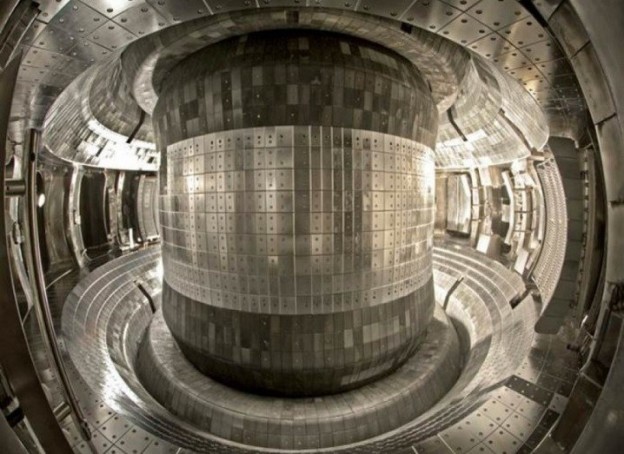
The establishment of a power plant in Earth that is on par with the sun has been the common target for nuclear fusion scientists, and now scientists at the Hefei Institutes of Physical Science have managed to achieve an operation time of 101 seconds under 120 million ℃ for the Experimental Advanced Superconducting Tokamak (EAST).
Nuclear fusion equipment attempts mutual convergence between atomic nucleus and plasma that is derived from ultra-high temperature and ultra-high voltage, whereas the tokamak that acts as a vacuum donut-like device is filled with hydrogen atom to produce plasma through various heating methods, which then is compressed using a superconducting magnet. Scientists are currently working to elevate the temperate of the plasma and the time of persistence.
EAST had managed to heat up the hydrogen plasma to 5,000℃ and lasted the temperature for 102 seconds back in 2016, then ascended the temperature to 100 million ℃ for the first time in 2018, which is 6 times the temperature of the core of the sun, and the operation time lasted for nearly 10 seconds under 100 million ℃ in 2020. The new round of experiment has once again marched forward by achieving 101 seconds under 120 million ℃ and 20 seconds under 160 million ℃, as reported by Chinese media.
The goal of the EAST experiment is to maintain the hydrogen plasma for more than 1,000 seconds under 100 million ℃ (approximately 17 minutes) in the hope of propelling the development of the next generation nuclear fusion through deuterium and protium in the sea water that will transform itself into one of the foundations for the International Thermonuclear Experimental Reactor (ITER) and the China Fusion Engineering Test Reactor (CFETR), instead of power generation purposes. The engineering design of the CEFTR is now concluded, with construction expected to complete in 2035.
Lin Boqiang, Director of the China Center for Energy Economics Research at Xiamen University, commented that nuclear fusion is the most reliable and cleanest energy that will introduce enormous level of economic benefits, though the particular technology is still in the experimental phase, and will take at least another 30 years before reaching the maturity stage.
(Cover photo source: EAST)







